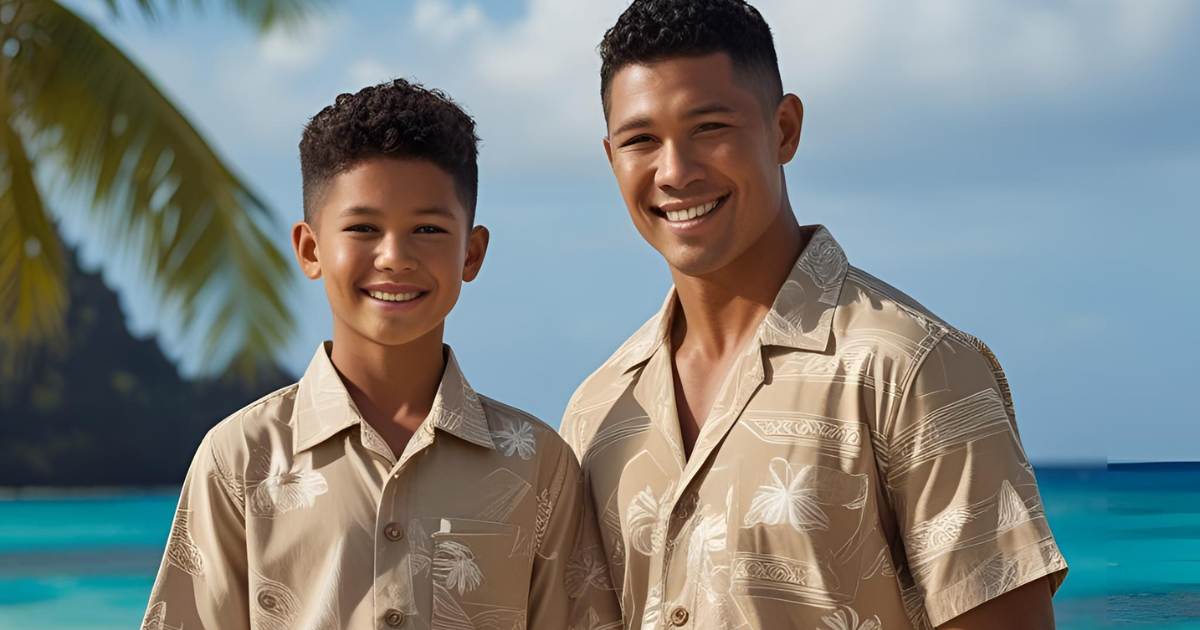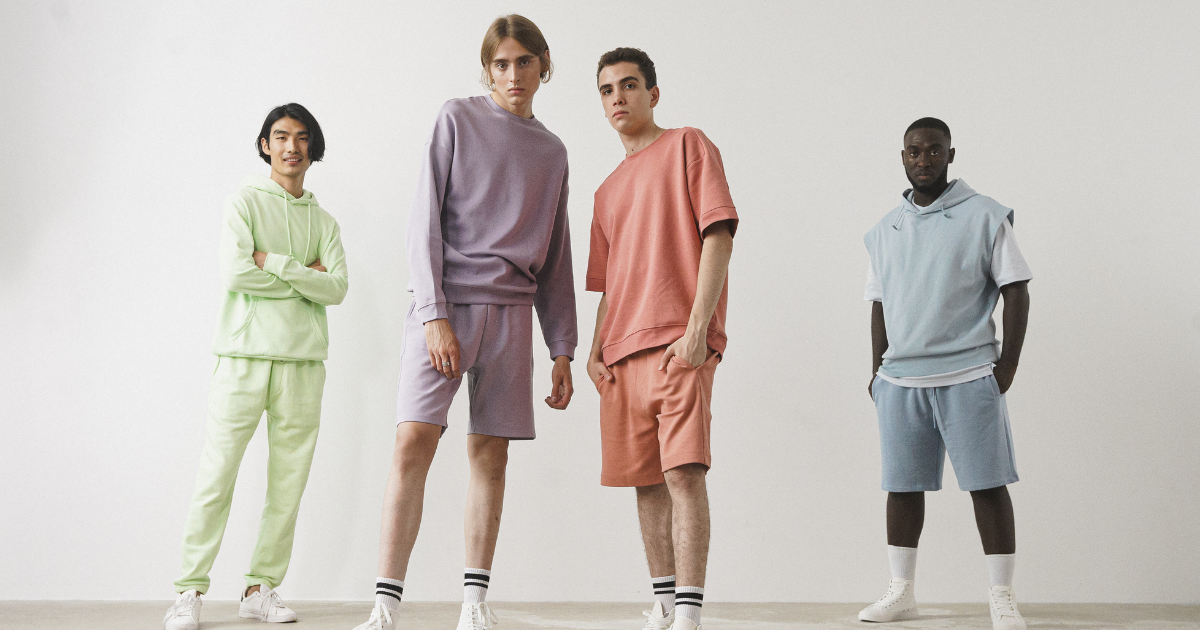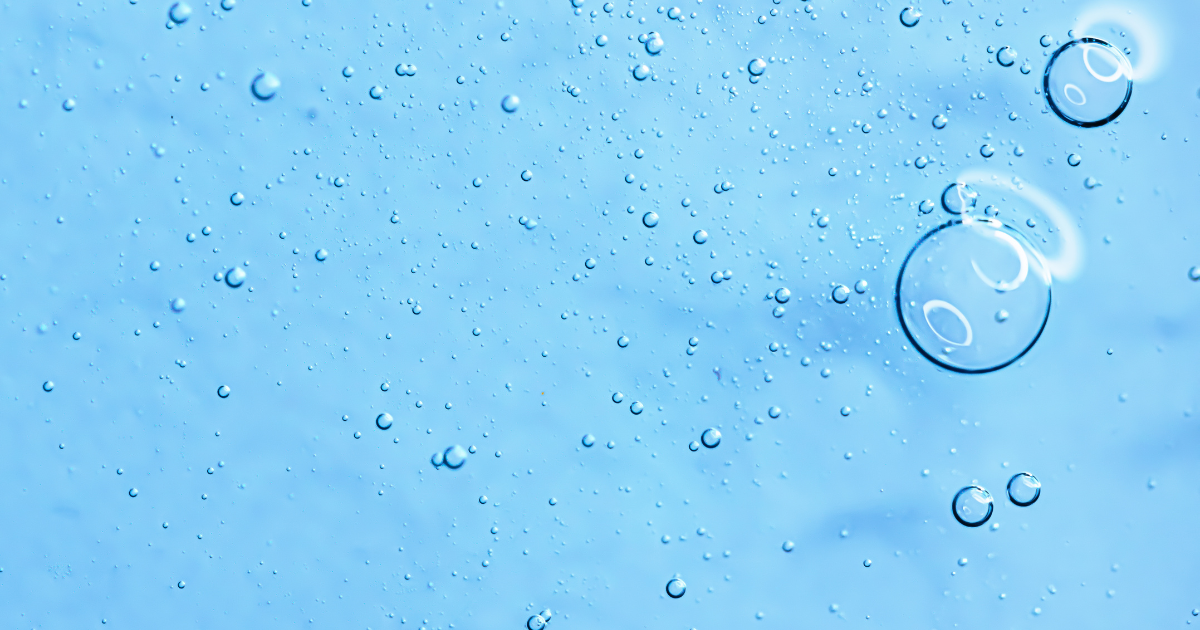As sustainability shifts from a arketing message to a global requirement, sustainable textiles are redefining the fashion and textile industries. Leading brands are no longer focused solely on aesthetics or hand-feel; they are actively selecting partners who can reduce carbon emissions, enhance supply chain transparency, and support long-term ESG goals.
As a result, expectations have fundamentally changed.Brands now require both high-performing fabrics and clear proof of responsible production.
For textile manufacturers, this shift presents both a challenge and an opportunity. Mills that adopt innovative, low-impact technologies are increasingly becoming the preferred partners for forward-thinking brands committed to transparency, circularity, and reduced environmental impact.
Innovation is no longer optional—it is what separates truly sustainable textiles from traditional ones.
What Are Sustainable Textiles?
Sustainable textiles are fabrics produced using processes that minimize environmental impact across their entire life cycle—from raw material sourcing and manufacturing to use and end-of-life management.
Beyond environmental performance, sustainable textiles also emphasize traceability, accountability, and system-level efficiency. This means understanding not only where materials come from, but how energy, water, and chemicals are managed at every stage of production.
Key characteristics of sustainable textiles include:
- Lower carbon emissions, achieved through energy-efficient manufacturing and cleaner energy sources
- Reduced water and energy consumption, particularly in wet processing and finishing stages
- Responsible chemical management, ensuring safer processes and reduced environmental risk
- Use of recycled or bio-based fibers, which lowers dependence on virgin raw materials
- Ethical and transparent supply chains, supported by data reporting and third-party verification
In practice, sustainable textiles are measured not by a single attribute, but by continuous improvement over time. Manufacturers assess performance using tools such as Life Cycle Assessment (LCA), energy audits, and sustainability benchmarks to identify meaningful reductions in environmental impact.
Unlike conventional fabrics, sustainable textiles prioritize long-term resource efficiency, risk reduction, and alignment with global sustainability standards, creating value not only for the environment, but also for brands seeking resilient and future-ready supply chains.

Why Carbon Footprint Is a Critical Issue in Textile Manufacturing
The textile industry is one of the most resource- and energy-intensive sectors globally, and its carbon footprint extends across every stage of the production chain. Carbon emissions arise from:
- Fiber production, whether derived from petroleum-based synthetics or resource-intensive natural fibers
- Spinning, weaving, and knitting, which rely heavily on electricity and mechanical energy
- Dyeing and finishing processes, which consume significant heat, water, and chemicals
- Transportation and logistics, as fabrics move across different countries and regions for processing
Among these stages, energy consumption and wet processing—especially dyeing and finishing—are consistently identified as the largest contributors to a fabric’s environmental impact. Heating water, running high-temperature dyeing machines, and managing wastewater treatment all require substantial energy input, which directly increases CO₂ emissions.
Climate regulations, investor expectations, and global brand commitments have made carbon reduction a business necessity rather than a voluntary effort. Leading international brands now require textile suppliers to:
- Provide carbon footprint data through LCAs, Higg FEM, or ISO-aligned reporting
- Transition to cleaner energy sources, such as electric boilers or renewable electricity
- Adopt low-impact dyeing, water-saving, or chemical-optimized processes
- Set measurable targets for annual emission reduction
This shift means carbon performance is no longer just an environmental metric—it is a key factor influencing purchasing decisions, long-term partnerships, and supplier competitiveness. Mills that can prove lower emissions and higher efficiency gain a clear advantage in the global market.

Key Innovations Driving Sustainable Textiles
1. Low-Impact and Waterless Dyeing Technologies
Traditional dyeing requires significant amounts of water, heat, and chemical inputs, making it one of the highest-emission stages in textile manufacturing. Today, a range of new technologies is transforming this process:
- Waterless dyeing systems drastically reduce water consumption and lower energy needs for heating.
- Low-temperature dye formulations cut thermal energy usage, decreasing carbon emissions in large-scale production.
- Digital textile printing reduces dye waste, eliminates multiple washing cycles, and improves color accuracy.
Beyond environmental benefits, these technologies enhance batch consistency, color reproducibility, and lead-time efficiency—core priorities for global brands seeking stable quality across large production runs.
2. Renewable Energy in Textile Mills
Energy sourcing has a direct and substantial impact on a fabric’s carbon footprint. As brands push for decarbonized supply chains, many textile mills are transitioning toward renewable energy systems:
- Solar-powered and renewable-backed facilities reduce dependence on fossil fuels.
- Electrification of boilers, heaters, and machinery provides cleaner and more efficient operations.
- High-efficiency motors, inverters, and heat recovery systems minimize energy waste and optimize process performance.
Switching to renewable energy reduces Scope 1 and Scope 2 emissions, helping mills align with global climate commitments and meet the expectations of sustainability-driven brand partners.
3. Recycled and Bio-Based Fibers
Material choice is a foundational driver of sustainable textiles. More mills and brands are adopting lower-carbon fiber alternatives, including:
- Recycled polyester (rPET) sourced from post-consumer plastic bottles
- Recycled nylon, often recovered from fishing nets or industrial scrap
- Recycled cotton blends, which lower reliance on virgin cotton
- Bio-based fibers made from renewable raw materials such as agricultural byproducts or plant-based polymers
To substantiate environmental claims, brands increasingly rely on Life Cycle Assessment (LCA) to quantify upstream carbon reductions, validate supplier data, and support transparent material sourcing decisions.
4. Circular and Closed-Loop Textile Systems
Circularity is becoming a core pillar of sustainable textile development. Unlike the traditional “take–make–dispose” model, circular systems aim to retain material value for as long as possible.
Key strategies include:
- Recycling pre-consumer textile waste created during cutting or production
- Designing fabrics for recyclability, prioritizing fiber combinations that can be recovered more easily
- Mono-material or separable fabric structures that support efficient recycling
- Collaboration across mills, brands, and recyclers to build scalable closed-loop systems
Circular practices reduce landfill waste, lower carbon emissions across the product life cycle, and support the emerging shift toward regenerative textile manufacturing.
5. Green Chemistry and Process Optimization
Chemical innovation plays a critical role in advancing sustainable textile production. Many mills are adopting strategies that minimize environmental risk while maintaining product performance:
- Non-toxic, low-impact dyes and auxiliaries that support safer processing
- Reduced chemical loads in finishing processes, decreasing wastewater treatment requirements
- Durable finishes that enhance fabric longevity and reduce overconsumption
Process optimization not only improves environmental outcomes but also helps manufacturers meet stricter compliance requirements and strengthen brand trust.

What Brands Look for in Sustainable Textile Suppliers
From a brand perspective, selecting a sustainable textile supplier requires evaluating both performance and credibility. Beyond fabric aesthetics and pricing, brands assess whether a manufacturing partner can support their long-term sustainability and compliance goals.
Key factors brands look for include:
- Recognized certifications, such as GRS, OEKO-TEX®, ISO 14064, and the Higg Index, which provide third-party validation of environmental and social practices
- Transparent carbon and sustainability reporting, including measurable data on emissions, energy use, and process improvements
- Consistent quality with scalable production capabilities, ensuring sustainability does not compromise reliability or lead times
- A long-term commitment to innovation and continuous improvement, rather than one-time initiatives or short-term solutions
In a highly competitive global market, textile manufacturers that successfully align sustainability with operational excellence are best positioned to become trusted, long-term partners for leading international brands.
The Future of Sustainable Textiles
Sustainable textiles are rapidly evolving from a competitive advantage to an industry expectation. As regulatory frameworks tighten and brand sustainability commitments become more ambitious, the future of textile manufacturing will be shaped by carbon accountability, circular design, and digital transparency.
Looking ahead, the industry is expected to see:
- Greater alignment with net-zero and science-based targets
- Increased demand for verifiable carbon data at the material level
- Wider adoption of circular and regenerative production models
- Deeper collaboration between brands and manufacturers on innovation
Textile manufacturers that invest early in sustainable textiles are not only reducing environmental impact—they are building future-ready supply chains that can adapt to regulatory change, market demands, and long-term industry transformation.








































